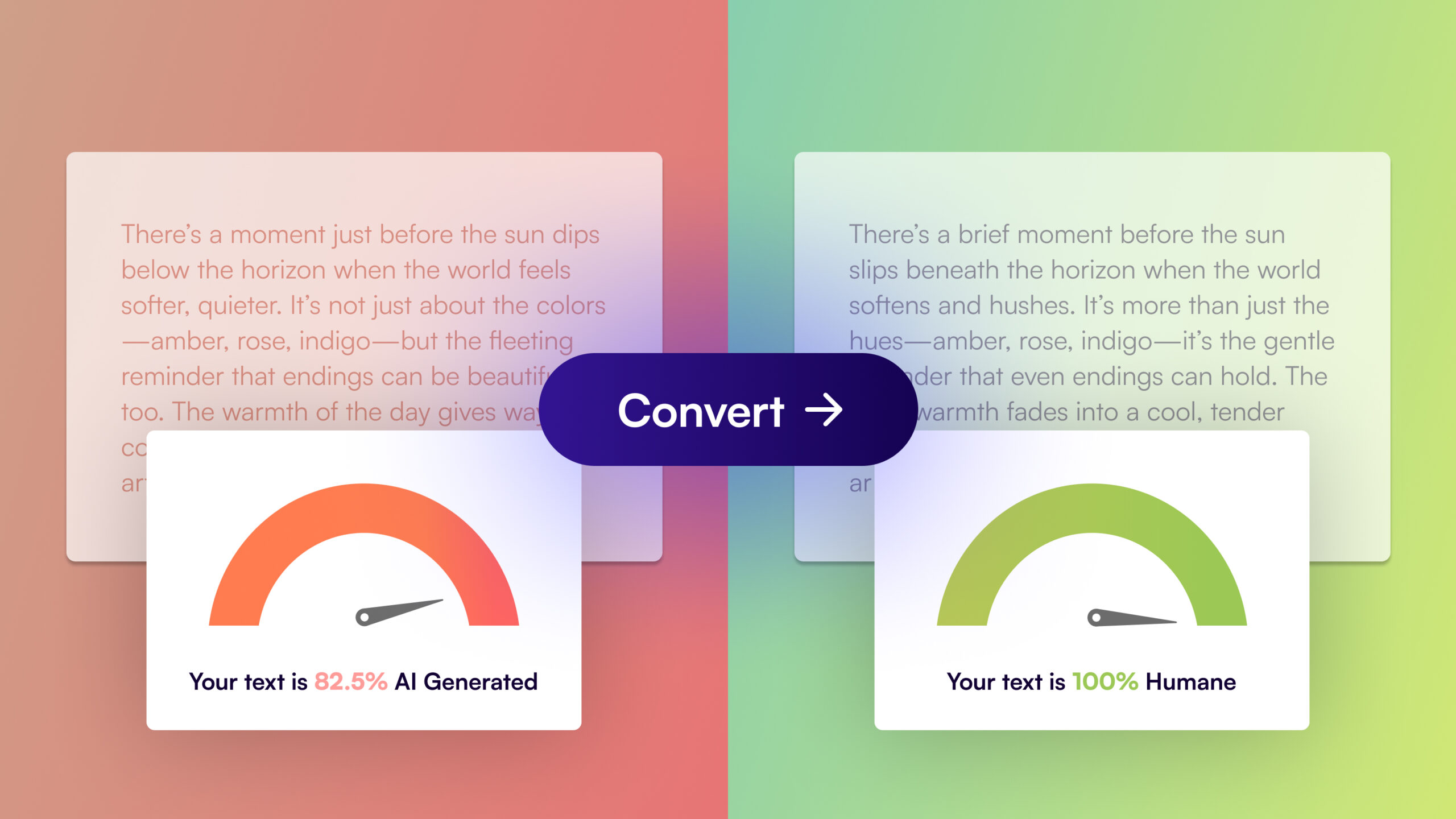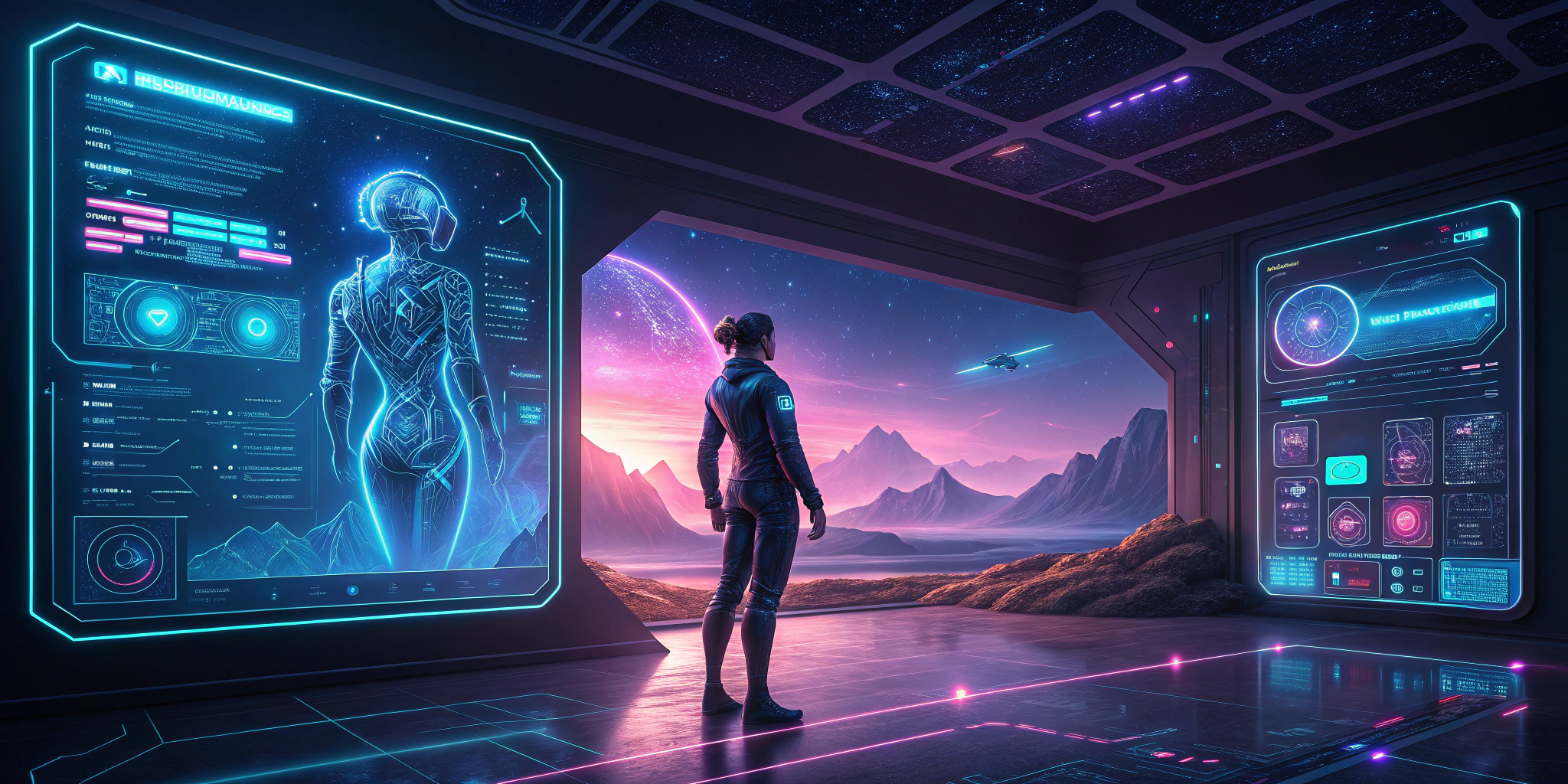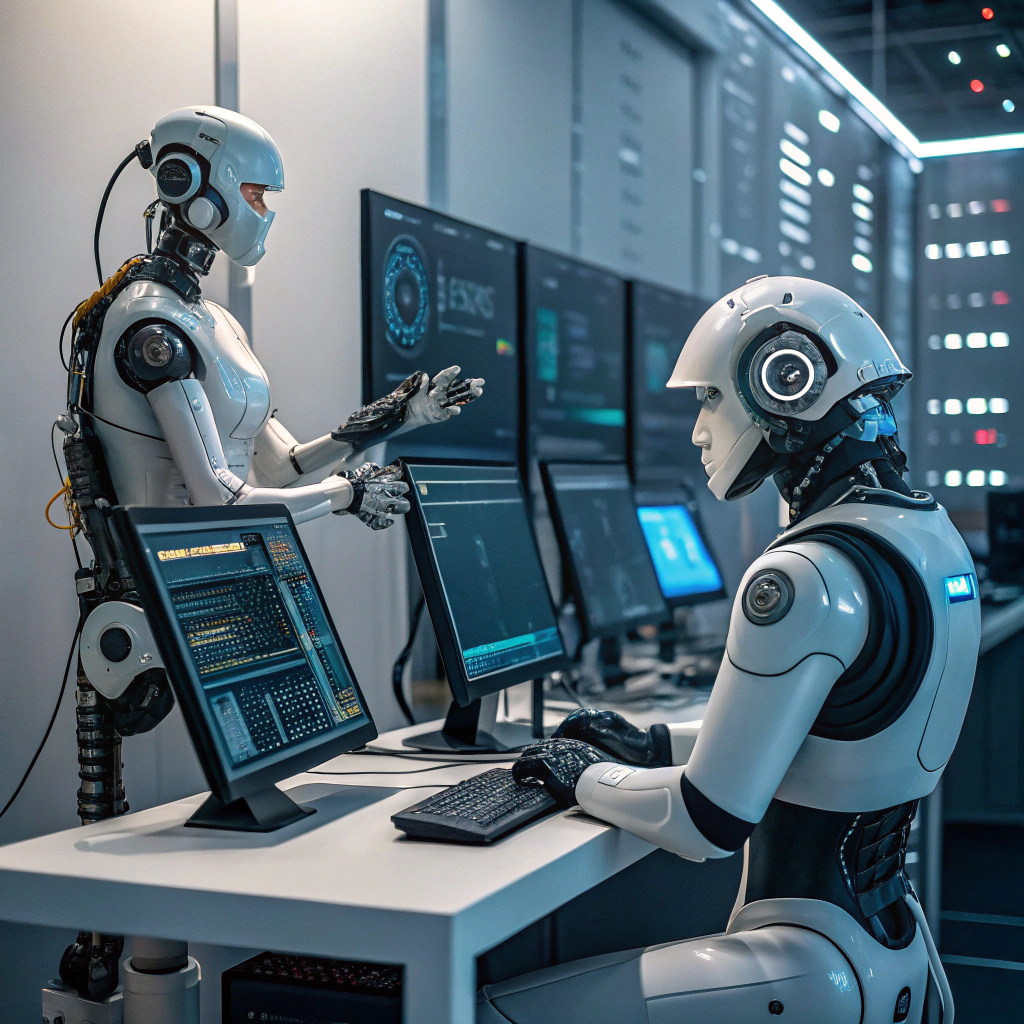AI Agents: Collaborative Digital Agents Transforming Automation

AI Agents: Collaborative Digital Agents Transforming Automation

Artificial‑intelligence agents are no longer lone bots executing isolated commands; they now work in swarms, cooperatively solving problems, sharing knowledge, and autonomously orchestrating tasks across entire tech stacks. In this post we explore how these next‑gen agents function, why they matter, and where they are already delivering value.
What Is an AI Agent?
An AI agent is a software entity that can perceive its environment, make decisions, and act toward a goal with minimal human guidance. Modern agents integrate large‑language models, vector databases, and tool‑use frameworks to reason, plan, and execute complex workflows.
Collaboration at the Core
Unlike traditional single‑purpose bots, collaborative AI agents communicate via structured messages (for example, JSON or natural‑language protocols) to exchange intermediate results and delegate subtasks. This “multi‑agent” topology mirrors human teams: specialists handle niche skills while coordinators oversee the bigger picture.
Real‑World Use Cases
- Customer Experience: Call‑center agents hand off sentiment analysis to escalation agents that summarize context for human reps.
- Software Engineering: Code‑review agents scan pull requests, while testing agents spin up ephemeral environments to run unit tests.
- Marketing: SEO agents mine keywords, content‑crafting agents draft copy, and analytics agents A/B‑test headlines in real time.
Benefits of a Multi‑Agent Fabric
- Scalability: Add more agents to instantly parallelize workloads.
- Resilience: If one agent fails, others reroute tasks, reducing single points of failure.
- Continuous Learning: Agents capture and re‑feed data into shared knowledge bases, accelerating collective improvement.
Challenges & Ethical Guardrails
Autonomous agent swarms amplify both impact and risk. Alignment, transparency, and audit logs are mandatory to prevent runaway behavior, biased outputs, or data‑privacy violations.
See It in Action

The image above shows an agent visually inspecting content for AI‑detection cues—an example of specialized autonomous tooling.
The Road Ahead
Expect open agent marketplaces, standardized communication protocols (e.g., Open Agent Architecture), and on‑device agent meshes that protect privacy while unlocking new classes of personalized automation.
Key Takeaway
As collaborative AI agents mature, they will become the connective tissue of digital operations, enabling enterprises to move from isolated AI pilots to fully integrated autonomous‑workflow ecosystems.



